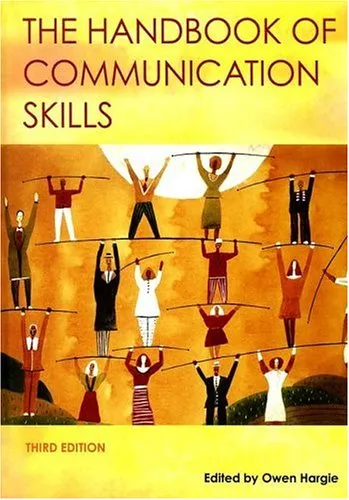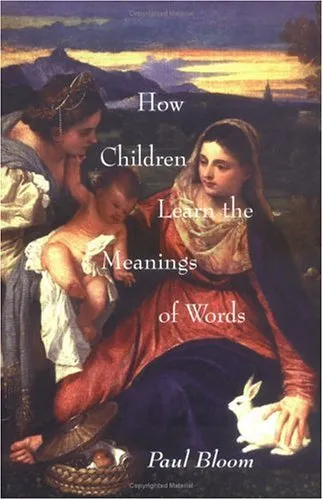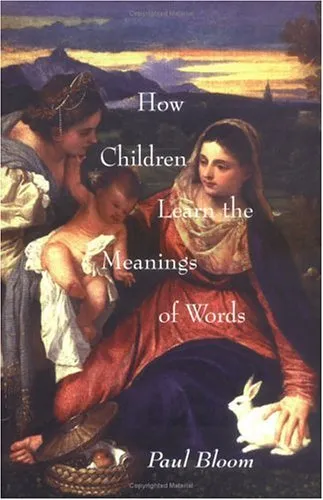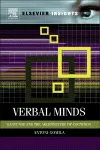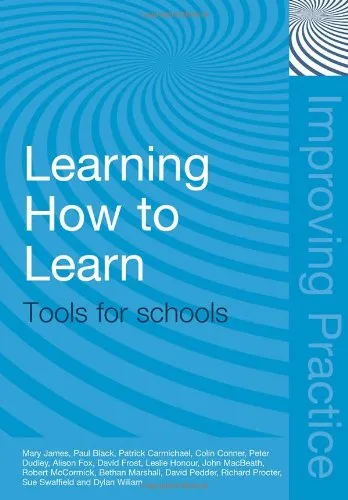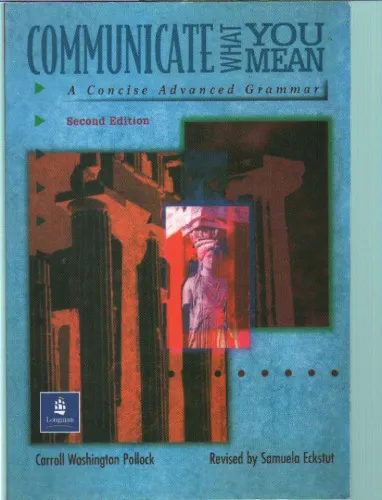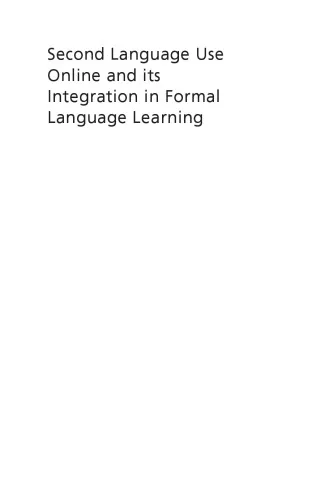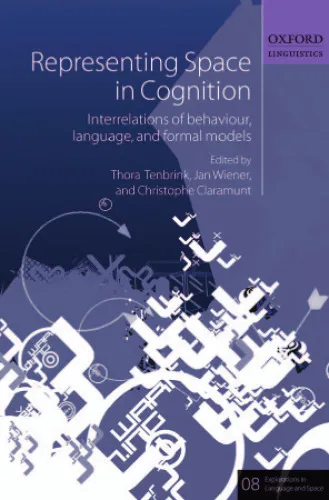Child Language Teaching and Therapy
4.0
Reviews from our users

You Can Ask your questions from this book's AI after Login
Each download or ask from book AI costs 2 points. To earn more free points, please visit the Points Guide Page and complete some valuable actions.Related Refrences:
Analytical Summary
The section titled Child Language Teaching and Therapypp.135—157 offers a targeted exploration of child language acquisition within therapeutic and educational contexts. Written with an academic rigor that appeals to linguists, speech-language pathologists, educators, and researchers, it bridges theory with applied practice.
In these pages, the author delves into evidence-based approaches for teaching and remediating language among children with diverse developmental profiles. With a focus on speech and communication challenges, the material synthesizes current research findings and case study analyses. Crucially, the section is structured to follow a logical progression—starting from the foundational linguistic principles, moving into diagnostic frameworks, and ultimately discussing intervention techniques tailored to specific needs.
Secondary keywords such as “speech-language intervention” and “developmental linguistics” are not mere tags; they embody the thematic core of this segment. The former anchors discussions in practical stratagems, while the latter frames these strategies in the broader scope of scientific understanding of how children acquire, process, and refine language.
Information such as the precise publication year and awards related to this work are unavailable due to no reliable public source confirming these specific details. Nonetheless, the relevance and academic contribution are clear from the context and analytical depth provided.
Key Takeaways
Readers of Child Language Teaching and Therapypp.135—157 can expect a well-defined set of actionable and intellectually engaging insights.
Foremost is the integration of rigorous linguistic theory with concrete therapy protocols suitable for children across various age groups and developmental stages. The work underscored the importance of individualized assessment, arguing that generalized approaches fall short for nuanced speech-language intervention needs.
Another key takeaway lies in the emphasis on interdisciplinary collaboration. The text encourages educators, clinicians, and researchers to cross-pollinate knowledge for more holistic outcomes in developmental linguistics studies and applications.
Additionally, systematic monitoring of progress and adaptive strategy refinement are presented as non-negotiable components in effective language teaching for children, reflecting the dynamic nature of both language development and therapy practices.
Memorable Quotes
"Precise diagnosis is the cornerstone of effective linguistic intervention for children."Unknown
"Language growth is a collaborative journey between the child, caregiver, and professional."Unknown
"Therapy should adapt as swiftly as a child’s evolving communicative needs."Unknown
Why This Book Matters
Child Language Teaching and Therapypp.135—157 holds significance for anyone intent on understanding and improving child language outcomes through structured, evidence-led methods.
Beyond its immediate applicability, this segment contributes to shaping sustainable educational and therapeutic policies. It offers a conceptual and practical toolkit that can be implemented in diverse contexts, from clinical settings to classrooms, all underpinned by developmental linguistics research.
By marrying empirical findings with practitioner narratives, the text fosters empathy while maintaining scientific precision. This dual character is rare and makes the work a valuable reference point for academic syllabi, professional development, and practice-based innovation.
Inspiring Conclusion
Ultimately, Child Language Teaching and Therapypp.135—157 presents a cogent blend of theory, practice, and humane insight that remains indispensable in the field.
By actively engaging with these pages, readers are equipped to refine their strategies, contribute to scholarly discourse, and offer more impactful interventions for children facing language challenges. It is a work that invites both reflection and action—whether you are an academic delving into developmental linguistics or a practitioner honing your speech-language intervention repertoire.
Take the next step: read the section attentively, share its principles with colleagues, and discuss how these evidence-based approaches can be adapted to your unique professional context.
Free Direct Download
You Can Download this book after Login
Accessing books through legal platforms and public libraries not only supports the rights of authors and publishers but also contributes to the sustainability of reading culture. Before downloading, please take a moment to consider these options.
Find this book on other platforms:
WorldCat helps you find books in libraries worldwide.
See ratings, reviews, and discussions on Goodreads.
Find and buy rare or used books on AbeBooks.


